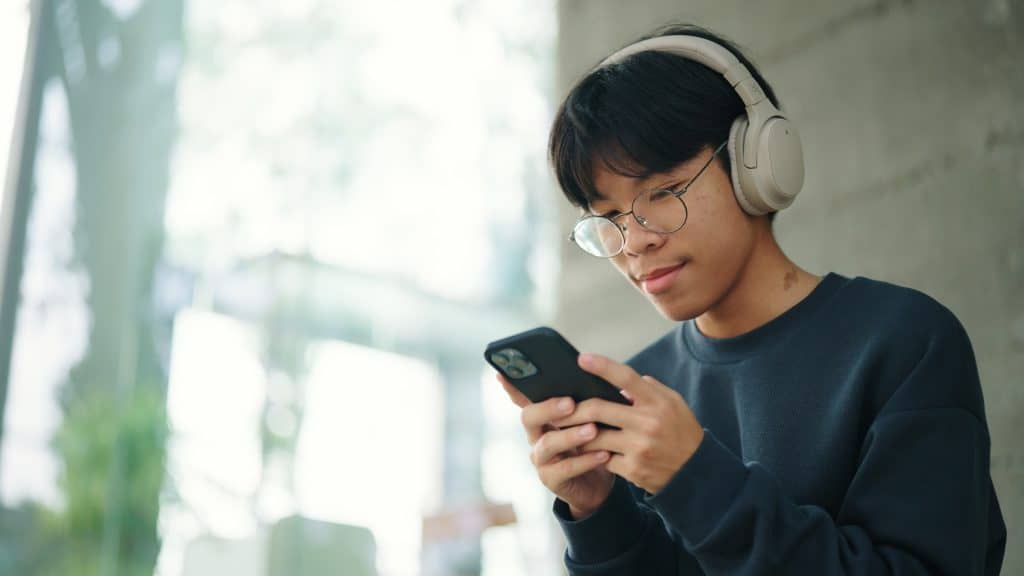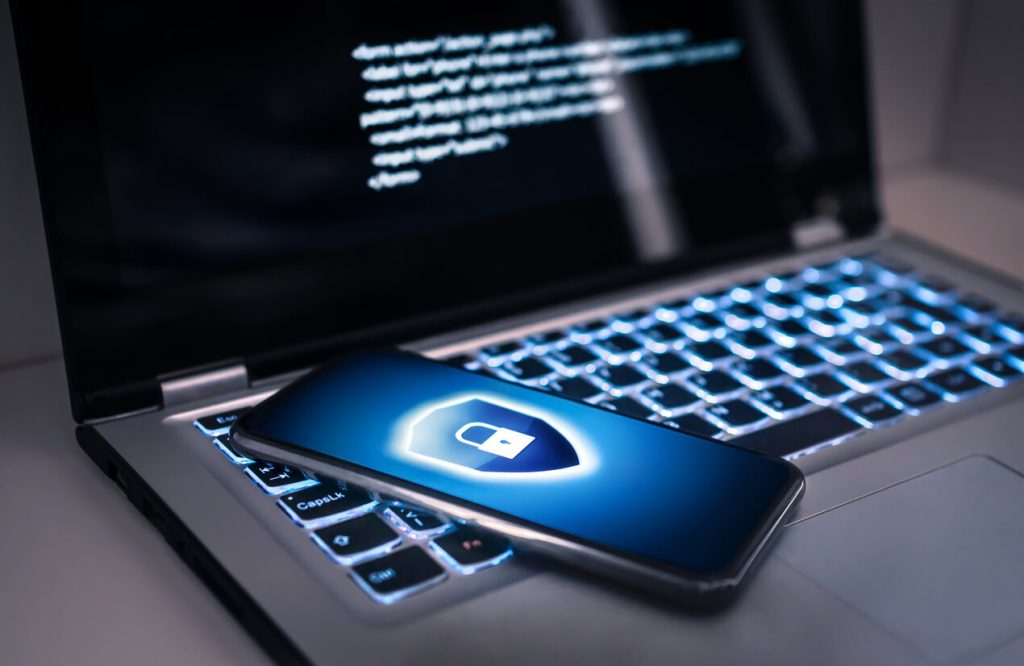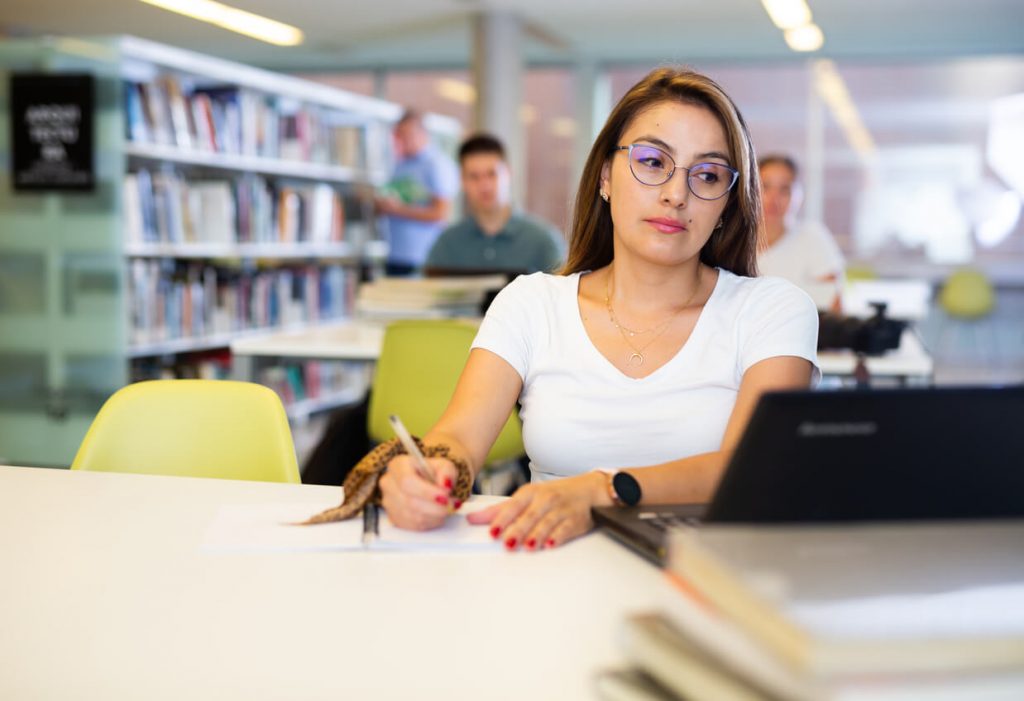For anyone with school-aged children, it’s back to school time! Many school buildings have spent the summer cleaning, upgrading, and in some cases, incorporating new technologies into their classrooms.
As a father of four children spanning pre-school through middle school, I keenly understand the busyness that accompanies the school routine. Sports. Homework. Music lessons. Dinner. Wash. Rinse. Repeat!
For some families, this means a new building and new teachers. It might also mean additional ways for kids to access technology. My first-grade son (who attends a school that started in early August), came home from class extra excited last week because in his words, “They let us use the laptops today!” For him, this was a special activity.
In the digital age, it would be unusual to find a school that didn’t have at least a few doorways to the Internet through tablets, Chromebooks, laptops, and desktops.
I spent the greater part of my elementary school years at a Catholic school that had nuns as some of its teachers. One of those teachers was a kind lady named Sister Catherine. She was in charge of what was called “The Learning Lab,” which was a room with round tables, chairs, and cassette-playing devices with headphones. We went to The Learning Lab to learn about phonics and grammar.
One morning, one of the kids smuggled a rogue cassette into The Learning Lab, and instead of listening to something about verbs, we listened to a Scooby Doo mystery. We felt like quite the rebels! Sister Catherine had a sixth sense, and I swear she had eyes on the back of her head (or so it seemed). She quickly sniffed out the shenanigans and confiscated the tape. The perpetrator is still serving out the final years of a 40-year sentence (ha).
I share this story because the extent of mischief that could be had in The Learning Lab was limited. Compare this to the access kids have through a Chromebook while surfing the world-wide-web. It’s imperative that school IT staff are keenly aware of online risks and put measures in place to guard children.
As kids head back to school, we’ve created a short list of questions that every parent should ask their school’s administration. The answers to these questions can give parents the information they need to understand the digital risks their kids are exposed to at school.
Related—How to Block Porn Sites
1. How do you use electronic devices?
What device(s) will my child be using at school? In what environments will my child have access to school-owned devices? Each device has a different level of risk due to the types of parental controls that exist.
For example, a Chromebook has a different suite of controls than an Acer Notebook. Once parents understand the types of devices that exist in the school environment, they can do a bit of their own research, especially if kids will be bringing devices home.
Regarding environments, remember that where kids use Internet-ready devices can indicate the types of risks that exist. The same rules that might exist in your home about using devices in public places and supervised should exist at school.
2. What are the rules for non-school devices?
What rules exist for use of non-school electronic devices in the classroom? In an effort to save money, some schools allow students to bring their own family devices to school. This is understandable since students are likely very comfortable with their own devices. But, obvious risks exist when non-school controlled devices are prevalent on the bus and in the classroom.
Each school with a program like this should have a detailed policy for how these devices are used and educational information for parents who want to know about filtering and monitoring programs.
3. Is the school network protected?
What network-level and monitoring controls exist to protect my child while using school-owned devices?
The combination of blocking out the junk with a filter and monitoring where the kids surf online is typically an effective system for keeping kids safe. If the school utilizes monitoring controls to log where kids surf, then it’s important to also understand what the school does with that information.
4. Are the teachers trained for digital safety?
Do teachers attend any professional development to keep them current on the digital culture of kids?
As we all know, the way kids use apps and technology constantly changes. In order to appropriately monitor kids, teachers should have at least a minimal knowledge of the digital culture of kids. Individuals around the country perform this type of professional development for teachers, and school leadership should be providing it.
5. How do you handle problem content and behavior?
What is the school’s process for handling various digital incidents, including cyberbullying, sexting, or pornography on non-school and school-owned devices?
Most of the stories I’ve heard about kids who have seen something pornographic or horrible at school involve the use of some other kid’s device, maybe while riding the bus or after school at practice. It’s impossible for schools to monitor every kid and every device they bring into the school environment. But, there should at least be a policy in place that lays out various scenarios and how the school will handle each one.
Related—Apps and Internet Doorways: What Parents Need to Know
The Best Filter in the World
Parents (and schools) should quickly realize it’s almost impossible to control every Internet doorway that kids have access to.
Although we should control as many Internet doorways as possible, the best filter in the world is the one each child carries inside his/her heart and mind. Remember, it’s not a matter of if your child will be exposed to pornography, but instead, a matter of when. Our kids need to know what to do when it happens. They need a whole belt full of tools they can pull out to battle our pornified world, especially when the exposure happens in the pressure-filled environment of their school.
One of the most effective ways for parents to pass on their values to their children is through open and honest conversations about life, including how technology is used.
Victory by Covenant Eyes is a tool that can help parents create that culture of open and honest conversation. For young children, we understand the need for a good filter, and we have that. But, at some point, a child will need to understand that a bunch of rules doesn’t make us more like Christ. Instead, choosing to honor Him with our choices out of love for Him draws Him near. When parents teach their kids about Accountability, they teach their children to live in the light, where there is nothing to hide.
As your kids head back to the classroom, we hope that they are positioned for success in every way. It’s going to be a great year!










This article is a must-read for parents preparing for the new school year. It highlights important conversations about the technology their children will be using at school.
What do you do about school issued chrome books… How can you get covenant eyes installed on those?
Hi J!
Currently, our software does not cover Chromebooks. I would encourage you to set up parental controls on your child’s Chromebook, if possible.
Blessings,
Moriah
All three of my daughters are aware of this sin called porn.
One of my youngest daughter’s boy friend was looking at porn on i phone when I heard about it we started praying for him we handed out the dvd Fire Proof.
He has given his life to the Lord he is starting to ask questions about his walk.
I have three grandsons age’s 31/2 and 4yrs and 6-month all boys also the Lord is going to bless us with a new baby this weekend I will find out if it will be another boy or girl I told my oldest daughter that the lord put a baby girl on my heart.
Thank you for all you do!